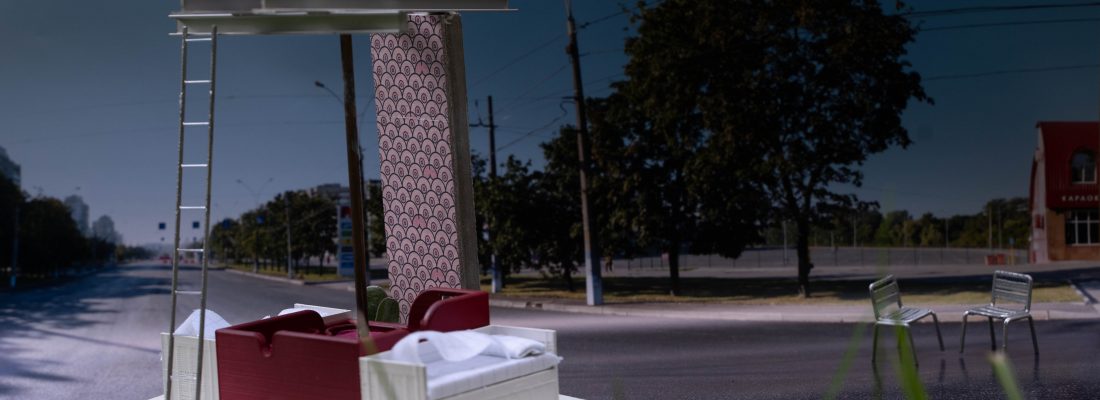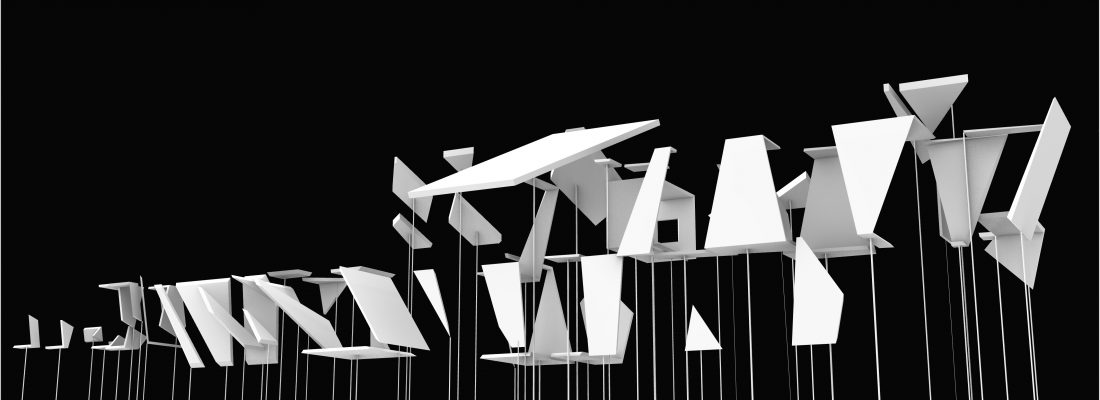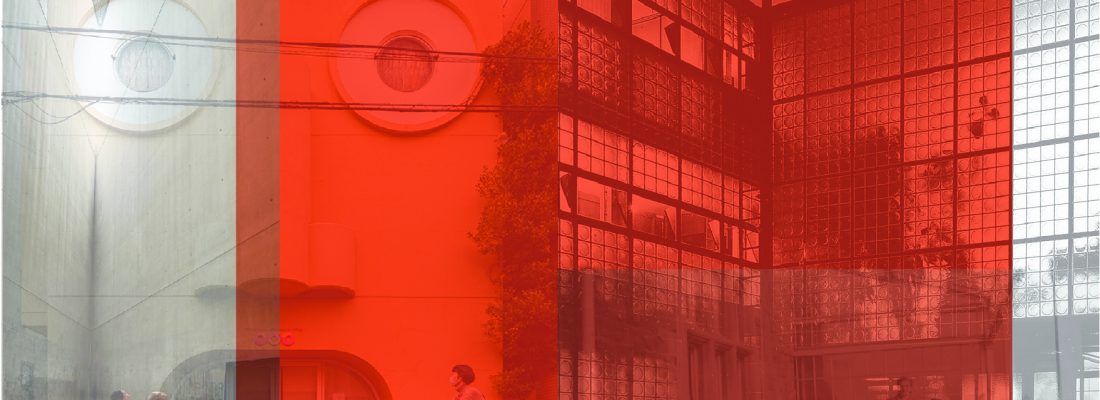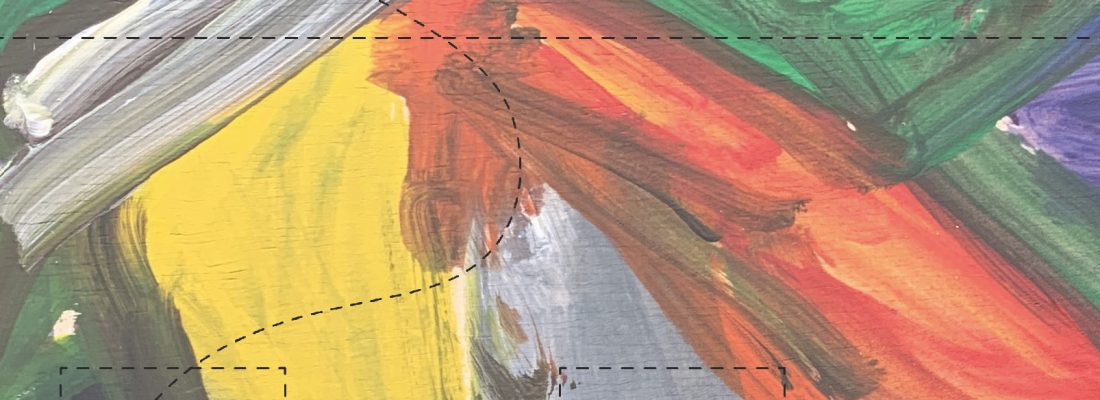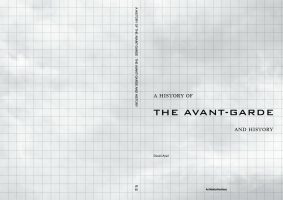
A History of the Avant-Garde and History / Daniel Ayad
The notion of the avant-garde is always associated with a cultural manifestation that is ahead of it time, one whose contemporary context is left to wallow in its dust. An assumed outcome of such a definition, and one that is taken for granted, is that the avant-garde is always forward-looking, not concerning itself with the […]
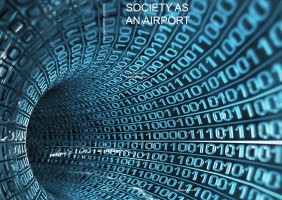
Society As An Airport / Martin Gassmann & Siegfried Weirather
Is our modern society working as an airport? What is the architectural and social result of the permanent mass surveillance? We analyzed that question in this book starting from the human opportunity to build large buildings and controlling their environment. Going on with Bentham´s Panopticon, a large building with centralized power, in which only a […]
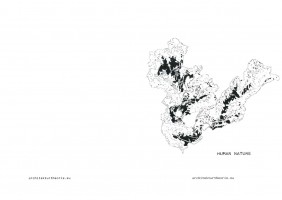
Human Nature / Viivi Moilanen, Sarah Stowasser & Aaron Bettio-Sandlant
The protagonist and narrator Smith is a young criminal from the working class, who is in a Borstal. With the help of flashbacks we are told how he got into the Borstal. Smith robs a bakery and is caught by the police shortly thereafter. The short story has many autobiographic elements. Allan Silitoe was born […]
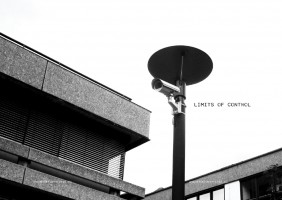
Limits of Control / Thomas Sheehan
Innsbruck exhibits a vast rang of public spaces. Each space is composed of a unique combination of elements from, the type of ownership, level of surveillance, the surface treatment, signage, the use of lighting and type of public art. All these elements influence the behaviour desired by the Architect and the Owner. This sense of […]
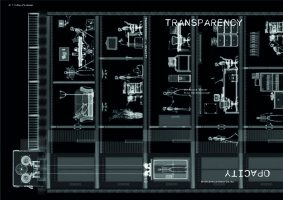
Transparency Opacity / Christine Gasser & Nina Rattensperger
Today the new media – social media – change the form of architecture. They change how we perceive it and how we make it. The architects can show their ideas, their work or even their everyday life through social media. On different platforms they can show different aspects of your life as an architect. We […]
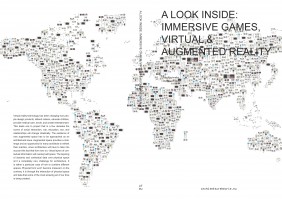
A Look Inside: Immersive Games, Virtual & Augmented Reality / Paul Fischnaller & Matthias Vinatzer
Immersion, as we use the term here, is intended to mean the engagement or involvement a person feels as a result of playing a digital game. A more colloquial expression would be to say that a person feels as if they are “in the game”. What is Reality? Many scientists, writers, and philosophers have argued […]
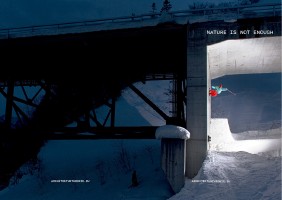
Nature is not enough / Paul Fischnaller
Team Sports are on the Wane and a new breed of sports is taking their place. Extreme Sports are all about attitude, individuality and, above all, pushing everything to the limit. What are Extreme Sports all about? What is it that gets athletes charged up enough to put their lives at risk? Is it all just […]
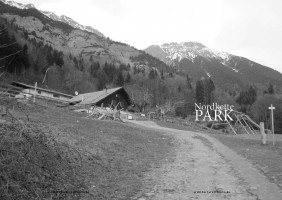
Nordkette Park / Jacqueline O’Brien
Over time, as our cities have come to expand and densify at astonishing levels, city green spaces for which citizens and tourists a-like flood have become much sought after hot spots in any buzzing metropolis. For Innsbruck, in this case, the city green space is the Nordkette – the city’s ever present mountain range and […]
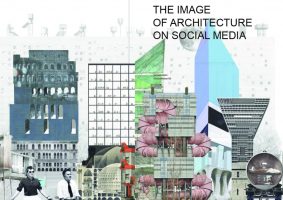
The Image of Architecture on Social Media / Anna Luison & Erica Molina-Gil
This book is an investigation about the images, their use and consume in the digital era, their potential in the architectural discipline as representation tool, but at the same time as tool of knowledge and as a part of the designing process. Most of all it researches the relationship between the new media and the […]
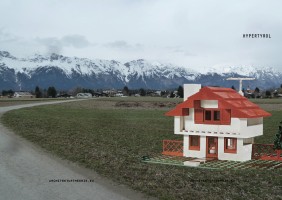
Hypertyrol / Lucas Hoops & Gregory Speck
A quick glance at Tyrol, or any other region, may call up characteristic images that articulate uniqueness to the region. In this case, what are the distinctive elements that make Tyrolean architecture ‘Tyrolean’? Do we examine material qualities that might point to an origin of architectural form that at one point was dependent upon locally […]
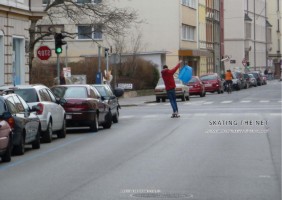
Skating the Net / Michael Stowe
One afternoon in Innsbruck, a skater lifts an Ikea shopping bag high above his head, catches gust of the Furn, and sails down the street at an astonishing speed. An audience of two watches this performance with equal bemusement and awe. Eventually he looses control of his makeshift apparatus, the bag flaps in the dying […]
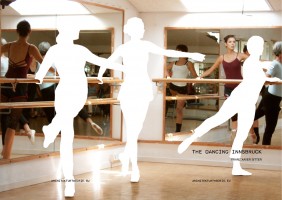
The Dancing Innsbruck / Franz Xaver Sitter
„In dem Dantz seynd die Weiber gantz närrisch, im Dantz gantz frech, im Dantz gantz ausgelassen, im Dantz gantz unverschämt, im Dantz gantz gail, im Dantz ganz vermessen, im Dantz gantz erhitzt, im Dantz ganz resolut, im Dantz gantz offenherzig, im Dantz ganz verhurt.“ (“In dance, women are completely foolish, in dance completely cheeky, in […]


